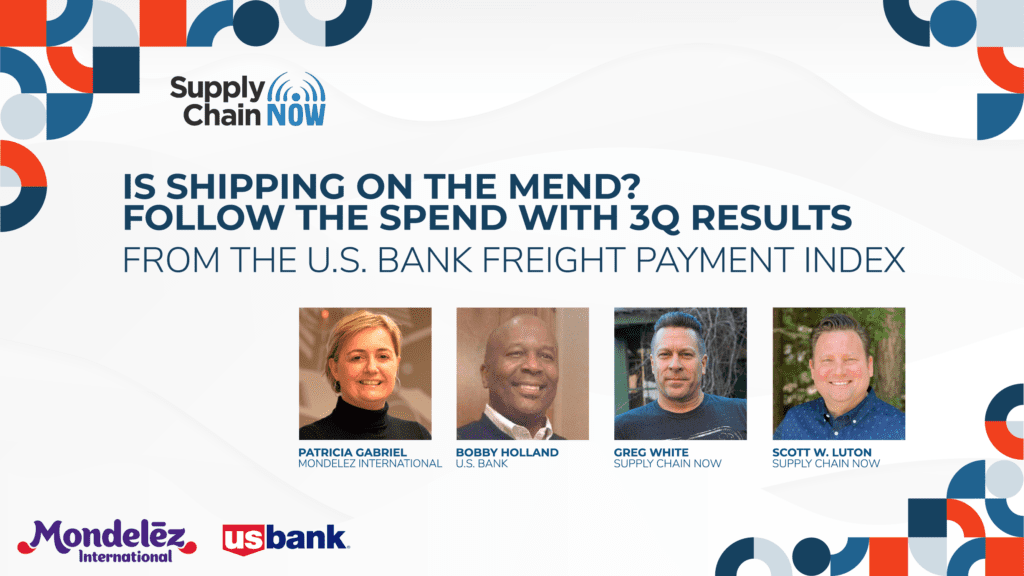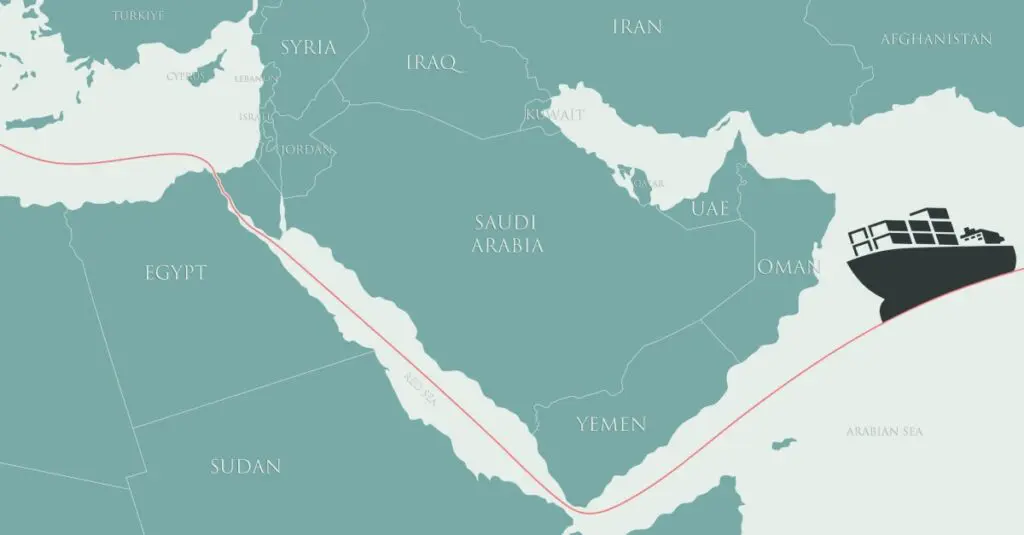
Guide to Sustainability in Logistics: Implementing Eco-Friendly Practices
The logistics and transport sector contributes about 24% of global CO2 emissions. Considering the push for supply chain sustainability across different sectors, the need for lower emissions has been heating up in recent years.
With roughly a quarter of the world’s emissions tied to logistics, this industry will possibly be the final frontier to tackle regarding sustainability. While different strategies can be leveraged to reduce the impact of logistics operations on the environment, integrating eco-friendly practices and reducing Scope 3 emissions are some of the most pressing initiatives at hand. This article serves as a guide that will provide actionable steps for companies to embrace innovative solutions and navigate the transition toward a greener future.
Scope 3: Understanding Supply Chain Emissions
Modern supply chain management outsources different parts of the operation to leverage the expertise of different suppliers and stakeholders.
Logistics operations are usually outsourced to third-party providers, and exercising control over their operations and monitoring their sustainability practices and emissions can be challenging. Here’s the harsh reality: no matter how well an organization manages to reduce Scope 1 and 2 emissions, the unaddressed Scope 3 emissions can bring the entire process to a screeching halt. This is especially true when partnering companies are unwilling to make necessary adjustments to integrate a more sustainable supply chain management.
It’s essential to differentiate Scope 3 emissions from Scope 1 and 2 emissions to understand their importance.
- Scope 1 Emissions: These are direct emissions from owned or controlled sources. This includes emissions from company vehicles, on-site fuel combustion, and other direct sources of greenhouse gases that are within the company’s immediate control.
- Scope 2 Emissions: These are indirect emissions from the generation of purchased electricity, steam, heating, and cooling consumed by the reporting company. While these emissions occur at the source of production, they are associated with the company’s energy consumption.
- Scope 3 Emissions: In contrast, Scope 3 encompasses all other indirect emissions that occur in a company’s value chain. This includes emissions from both upstream and downstream activities, such as purchased goods and services, business travel, employee commuting, waste disposal, and the transportation and distribution of products. Essentially, Scope 3 covers the full gamut of emissions not included in Scope 1 and 2, often representing the largest portion of a company’s total carbon footprint.
Reducing Scope 3 emissions can only be made possible by improving transparency across the end-to-end supply chain. Regulators know that businesses and supply chains have no problem keeping up with Scope 1 and 2 emission guidelines, so they are going after Scope 3 emissions. Recently, California became the only U.S. state to enact a first-of-its-kind mandatory climate emissions disclosure rule, compelling companies to integrate company-wide disclosure and reporting.
Although the SEC’s Scope 3 emission ruling was put on hold, it has adopted a new strategy that requires public companies to report certain climate-related risks.
As Regulators Move In, Shippers and Carriers Alike Move Fast to Decarbonize
Globally, regulations on carbon emissions in logistics are tightening.
With the Paris Agreement and regional initiatives like the EU ETS pushing for emission reductions, regulators have targeted vehicle standards, cleaner fuels, and energy efficiency. Although, at face value, all of these may come off as challenging, the entire idea is to breed innovation into logistics sustainability.
As regulations like the EU ETS push for emissions reduction, these businesses see a more comprehensive benefit. Many logistics businesses can save costs, improve brand image, and strengthen stakeholder relations by embracing decarbonization and general sustainable supply chain practices.
Examples include electric vehicles, renewable energy, and supply chain collaboration. While there are challenges like the initial cost, early adopters can gain a competitive edge in a sustainable future.
With Decarbonization an Industry Imperative, Shippers Embrace Innovative Solutions
With regulators angling for decarbonization, the bulk of the responsibility falls on the shippers to monitor and reduce the carbon emissions of their supply chains.
This means forcing them to coordinate effectively with the logistics carriers and other third-party logistics operators. To do this effectively, shippers are embracing innovative solutions such as:
Emission Monitoring
Emissions monitoring entails accurately measuring and reporting greenhouse gas emissions released by a business or its supply chain. In a regulatory landscape eager to curtail the emissions excesses of logistics operations, monitoring it will allow firms to provide concrete evidence of their compliance within set limits. Beyond acting as a report card to regulators, emission reporting also helps improve sustainability in the supply chain and keeps every stakeholder involved in the process accountable.
Carbon Offsetting
While many organizations cannot or find it challenging to curtail their carbon emissions at the moment, many are more than happy to pay for projects whereby other businesses, think tanks, and start-ups leverage technology to remove carbon dioxide from the atmosphere. This is usually done as a temporary solution to a more sustainable supply chain while the organization continues to seek out ways to reduce gas emissions more permanently. Although the concept presents a temporary solution at face value, there are reports challenging its legitimacy.
Industry Electrification
The primary reason for the large amounts of greenhouse gas emissions is the burning of diesel and petroleum products by the engines of trucks, ships, and so on. Through electrification, the burning becomes unnecessary, cutting down greenhouse emissions significantly.
There is just one problem, though. Although electric vehicles are increasingly common, finding trucks and ships of the same make is more challenging. This is primarily due to the high cost and maintenance of getting one, besides the operational struggles of running electrified assets. However, as more innovators continue to flood the market, we can expect some low-emissions options to the status quo.
Supply Chain Sustainability is Achievable
While the intent behind supply chain sustainability has always existed, the practical implementation and comprehensive tracking of emissions have only recently gained momentum due to increasing regulatory pressures and consumer demand for transparency. The future of sustainable supply chains will depend on the level of innovation and government support to make it a reality.
Supply Chain Now provides a platform for the best and the brightest in the supply chain business. Tune in to our shows Logistics with Purpose and Digital Transformers, alongside a worldwide audience as our thought leaders highlight the technologies, best practices, and critical issues impacting global supply chain performance today and in the foreseeable future. Listen now.
More Articles

Is Shipping on the Mend? Follow the Spend with 3Q Results from the U.S. Bank Freight Payment Index

